From patron to SAU: general director of TsNIITOCHMASH about the everyday work of his institute ...
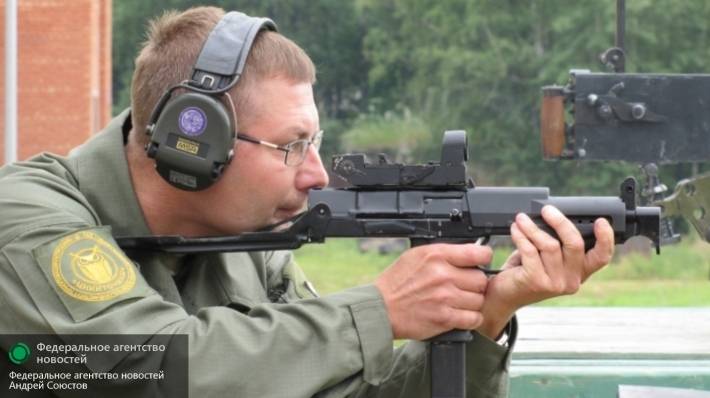
The difficult international situation is forcing the leadership of Russia to pay attention not only to improving the combat capability of the Armed Forces, but also to defense companies that provide it. One of the leading enterprises of the defense industry is the Central Research Institute of Precision Engineering, also known as TsNIITOCHMASH, located in Klimovsk near Moscow.
What is this institute doing now? What modern weapon systems are being tested at its training ground? And how are things going with the staff at the institute? To these and other questions in an interview with the correspondent of the Federal Agency News meets the general director TsNIITOCHMASH Dmitry Semizorov ....
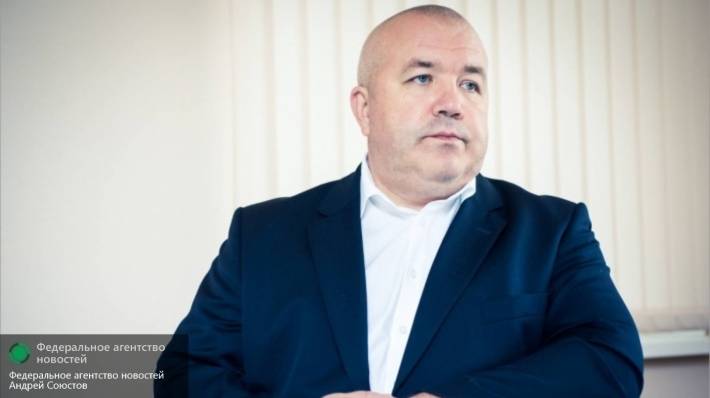
Underwater affairs
- Dmitry, what is your institute doing now?
- We are engaged in research, development and testing in the field of small weapons and ammunition, in the field of creation and a full complex of works on military equipment of the military man. We conduct very large scientific work and are one of the leading organizations in the field of protection against precision weapons. We also develop guidance systems for precision weapons.
- Does the Institute conduct research on the effectiveness of small arms?
- We have a whole line of work called "The effectiveness of the use of weapons systems in the course of combat operations." Before any weapon complex begins to be created, its effectiveness is calculated. Will it be applicable? Is it necessary? This work is carried out before the testing of a complex. In addition to research, we are engaged in production. For example, the production of special small arms and ammunition. Finally, we are the supplier of a military service kit in the army.
- It is known that TsNIITOCHMASH at one time was the developer of such specialized models of underwater rifle armament as the 5,66-mm APS machine gun chambered for the IPU and the 4,5-mm pistol SPP-1 under the ATP cartridge. Is the institute currently conducting the development of such specialized underwater small arms? Or was this niche completely closed by the Tula developments in the form of an experimental two-medium ASM-DT “Sea Lion” submachine gun and the ADS shooting and grenade launcher complex?
— History our development in the area you mentioned has more than 40 years. During this time, a sufficiently large number of APS and SPP-1 was delivered both to our troops and under other contracts. To date, no other weapon in the world has surpassed our samples in the aggregate of its combat qualities. Yes, Tula now work on this topic. But in fact, at the moment, their experimental work has still not gone beyond the experimental models. So our weapon is quite in demand and still has not lost its relevance. This is evidenced by the State Defense Order. Today it is available both on the APS with SPP-1 and on its ammunition. We are improving the technology of production of these munitions in order to reduce their cost.
- And about any replacement of the APS / SPP-1 complexes with something new at the moment, there is no talk yet?
- It is possible that the customer has such a desire. Indeed, 40 years for weapons is a decent time. But at the moment - yes, there is no need to talk about the real replacement of the MTA and SPP-1 with something new.
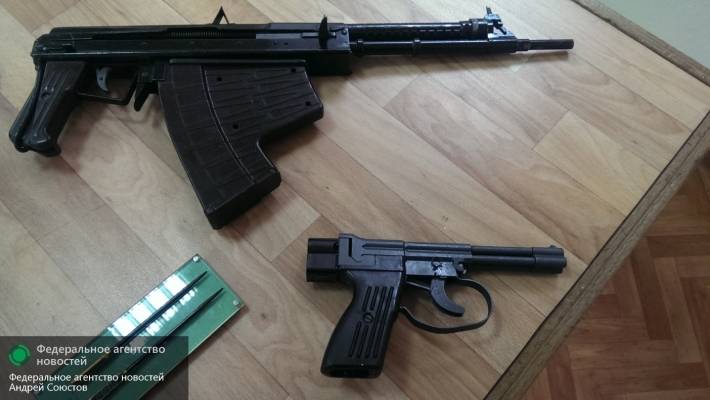
Failure is also a result.
- Did the institute carry out work on the evaluation of rifle barrels with different types of coatings? For example, chrome plating, nitriding and combined - nitriding, and chroming on top of it?
- These works have been completed long ago. Relevant recommendations were issued to manufacturers and directly to the developers of various weapon systems. The institute, of course, did not stop there. We continued to work on other options for covering the inner surface of the bore in order to increase its resource and increase its performance.
- Can you voice a recent example of such work?
- One of the latest examples is the work carried out with the Kazan National Research Technical University on coating the inner surface of the barrel bore with a low-frequency plasma of low pressure. Unfortunately, despite the long work and numerous tests, a positive result was not obtained. To date, further work in this direction has been suspended as unpromising. But in our case a negative result is also a result.
- Last spring, the site of public procurement published a notice to conduct research and development work on the development of a manual assault machine gun with a combined power supply. Code number ROC "Turner-2". Did TsNIITOCHMASH participate or is it involved in the work on this topic? Or are Izhevtsy and Kovrov residents doing this topic?
- We participated in such work only at the stage of testing prototypes. Work on the topic "Turner" are conducted, as far as I know, at the Plant them. V.A. Degtyarev. Having a specialized design bureau, ZiD we specialize in machine-gun armament. The tests of their prototypes, which we have passed here, have shown the great potential of these weapons. I can’t voice other details ....
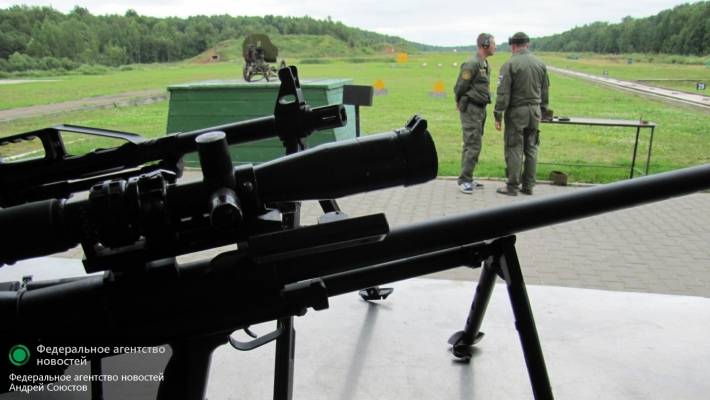
Cartridges, money, "Vintorez"
- Did the institute carry out further work on the sniper cartridge 7Н33 (9.3х64) in order to create a domestic ammunition similar to the .300 Winchester Magnum?
- I repeat once again: we are the head enterprise for the development of small arms cartridges. And, in general, all the live ammunition that is in service with the Armed Forces of the Russian Federation received their “start in life” right here, and then they were transferred to production at serial plants. Returning to the topic of the Russian equivalent of .300 Win Mag, I will say that yes, we have done such work. However, now we have a technical task, signed by the customer, for the sniper complex, within the framework of which our analogues of the .308 Winchester and .338 Lapua Magnum cartridges are being developed. Therefore, most attention is now paid to them. This is a very serious development, very ambitious. I will slightly open the curtain - we have completed the state tests on the development of this sniper complex with a positive result - on July 13 just sat a commission on this issue. I think that soon this complex will be put into service.
- I understand that we are talking about OCR "Accuracy"? However, we will continue the conversation about ammunition for sniper weapons. Please tell us about the cartridge SP14 (9x69).
- We have done a lot of work on this patron, but, at the request of our state customer, we focused on the development of the analogue .338 Lapua Magnum. These are 8.6x69 in various versions: a cartridge with a sniper bullet to increase the accuracy and accuracy of a shot, a cartridge with an armor-piercing bullet to increase the shooting distance, on which you can penetrate the individual armor ...
- The media published information that the institute's specialists, together with the Tula Arms Plant, are preparing to launch the mass production of the upgraded Vintorez BSS silent sniper rifle at TOZ facilities. Is the excessive cost of such small-scale products impossible? After all, today, TOZ contains a forging shop and huge areas for the sake of small-scale products, which means that overhead costs at the factory are very high.
- Good question. Yes, indeed, upon completion of the work on the “Warrior”, which was commissioned last year, it is now planned to release the modernized AS Val automatic weapons and the Vintorez BCC rifle. This production, in principle, has already been deployed for TOZ. There, a very large number of assemblies and parts are unified with the previously produced "Shaft" and "Vintorez". At the same time, as far as I know, in general, the information, of course, needs to be clarified with the managers of the Tula Arms Plant — now the reorganization of the TOZ facilities and the Central Design and Research Bureau of sports and hunting weapons is under way. You see, now no one will produce products to the detriment of themselves. Surely, some events held during this reorganization will allow even small-scale contracts to break even.
- In his monograph “Live ammunition for small arms”, TsNIITOCHMASH veteran Vladislav Dvoryaninov describes a very large amount of work carried out at the institute, but mentions work on the cartridge 6х49 casually. What can you tell about this ammunition?
- I will not hide from you: everything that is being created is based on the backlog of the Soviet years. And this is normal - there are cartridges, the creation of which worked up to 20 years. As for the cartridge 6х49, then on it we, too, have been working for quite a long time.
- Was the result?
- The result was. In detail to talk about it now, probably, it makes no sense. However, I note that the results of work on 6х49 became the starting point for some of our further developments. Work in this caliber is now underway. I have nothing more to say for the time being.
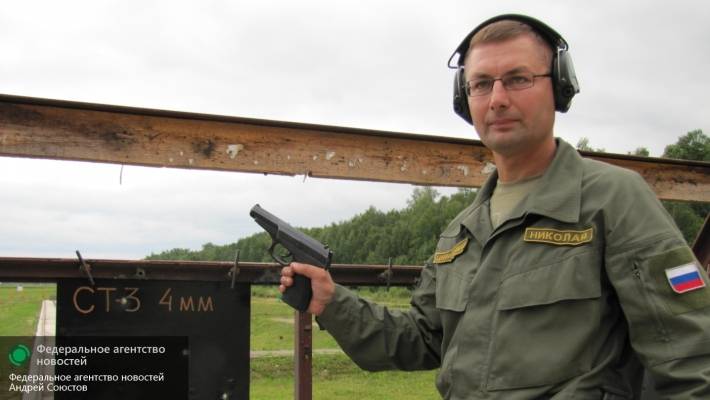
"Swift", which did not take off
- At the beginning of 2010, considerable agiotage in the Russian rifle circles was caused by the appearance of the Swift pistol developed by the Italian-Russian private company Arsenal Firearms, better known abroad as AF-1 Strike One. The gun in Russia was widely advertised, he was predicted a great future. But after Strizzh, chambered for 2012x13, failed to fully pass the tests at TsNIITOCHMASH in 9 — 19, interest in this pistol in Russia began to fade. Yes, and the developers of "Stryzh" stopped talking about the prospects for adopting their gun in our service. Can you comment on the test results of this gun? In what conditions were there any delays in firing, were there any breakages in any parts during testing? How can you comment on the words of the investor of the project Dmitry Streshinsky that a pistol shot several thousand 7H21 cartridges without any problems?
- I would like to put an end to numerous rumors circulating around the tests of the Swift pistol. The institute was a participant in the testing of a pistol under the order of the Department of the Ministry of Defense of the Russian Federation for the provision of state defense orders. These were comparative tests with the requirements of scientific and technical documentation that apply to military weapons. We "Swift" well enough studied. It was a 9-mm pistol chambered for 9x19 Luger and our domestic 7H21 and 7H30. First of all, the compliance of “Stryzh” with the safety requirements for handling this gun, the requirements for survivability, and the requirements for working in complicated conditions was checked. The pistol shooting resource was also checked. I can say that the gun actually shot more than 4 thousands of shots at our range and under normal conditions. There were no delays, it complied with the requirements of the documentation on the safety of handling it in normal conditions. When testing for the fall of a pistol, even at low temperatures, there was no separation of the bolt or its breaking. No separation of the store was observed, etc. However, cracks appeared in the area of the pistol grip ...
- Is it a fatal flaw?
- At the testing stage, such a flaw is normal. It is necessary to understand the scheme of creating any sample of small arms. Here is a new sample. Of course, there are some flaws in it. Our task is not to say that the sample is bad because of this, but, on the contrary, to reveal its shortcomings so that the developer brings his sample to the level of compliance with the requirements of the military customer. When firing at sub-zero temperatures, at different declination angles, etc. "Swift" also shot without delay and complaints ... Except for the appearance of all the same cracks. But when working in special conditions, that is, when working on dry parts, when working without cleaning and lubrication for 5 days and when dusting, the gun “picked up” such a large number of delays that it did not meet the requirements of the military customer in principle. I stress that the pistol tests were not conducted behind the scenes. They were conducted by a commission, which included both employees of our institute and representatives of the customer, as well as representatives of developers. Every day, at every test, the developers were present. There were no dark spots and inconsistencies here and could not be. The test results were transmitted in parallel to both the customer and the developers. Why, after this, the developers stopped, why there was some kind of resentment on the part of Dmitry Streshinsky, I do not understand. The tests were completely standard for any small arms sample passing through our test site. In general, this is where our history of relations with Strizh ended.
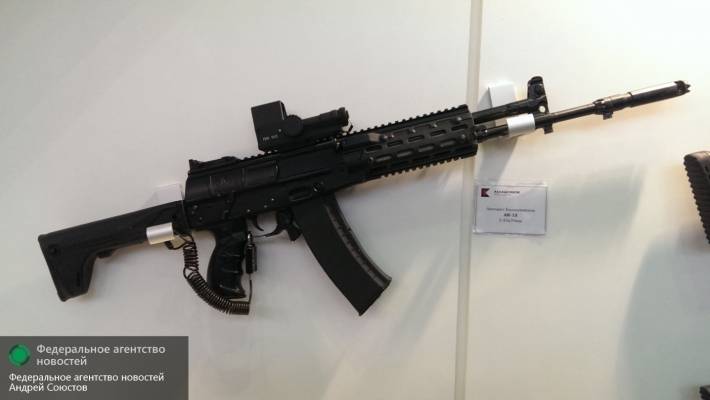
AK-12, the new "Warrior" and "Zauralets"
- Can you comment on the test history of the AK-12, as well as the results of these tests? How did the trigger mechanism, which was very complicated compared to the AK-74M, affect the performance of the structure?
- Within the framework of the RRC “Warrior”, that is, the integrated work on the creation of second-generation combat equipment, a new assault rifle complex was developed. The participants of the development were ZiD and the Kalashnikov concern. If you from this pair are interested in Izhevtsev products, I will say this. At the preliminary tests in the “Warrior” program, AK-12 received a large number of remarks and later the Kalashnikov concern, understanding the importance of this work, continued to develop and bring this machine to the necessary condition in an initiative manner. To date, the finished machine has successfully passed both preliminary tests and state tests. Now AK-12 delivered to the troops and with might and main passes military tests. According to the results of the troop operation, the customer will make a final decision on the choice of the machine for the “Warrior”. Complicated trigger mechanism AK-12, given the fact that it allows you to shoot not only a single or automatic fire, but also a fixed queue, designed quite successfully. Its complication in general did not affect the reliability of the automation.
- It is well known that the institute participated in the development of the “Warrior” equipment that is now being delivered to the troops. Information was also voiced that TSNIITOCHMASH, together with the Advanced Research Foundation, is developing an improved version of the “soldier of the future” equipment - “Warrior-2”, which will go to the troops allegedly in 2025 — 30. Is the information true?
- The institute did not just participate, it was the lead developer of second generation combat gear, the work on which ended in 2015. The whole set of this equipment successfully passed all state tests. To date, the institute this set of second generation combat equipment is massively supplied to the troops. Our work together with the Advanced Research Foundation is aimed primarily at creating a scientific and technical reserve for the combat equipment of the future. We work for the medium term to about the 2025 year, and, of course, for the long term too. However, if in the course of this work there are some new items that can be implemented right now, we immediately implement it. The modular layout of the “Warrior” allows it. The main result of our collaboration with the Advanced Research Foundation will be a fundamentally different approach to creating combat gear of the new generation. That is the set that we are aiming for in the long term. Of course, the very conceptual approach to the creation of combat equipment will be changed. A new set will be created under the concept, when the basis of the fighting will be each individual fighter, not a unit or compound. The fact that new materials will be used is understandable. The fact that new technologies will be developed and used is also understandable. We have to take into account a possible breakthrough in the development of small arms. We already have some groundwork to create a new generation of combat equipment, which may be implemented after the 2025 year.
- At one time, the institute participated in the development of the 120-mm ACS 2C9 "NONA-C", adopted for service in the 1981 year. It is known that to replace this ACS, the institute is developing the Zauralets-D installation 2С36. What is the situation with the tests of "Zauraltsa"?
- Today, NONA-S is the basis of the fleet of self-propelled airborne artillery installations. Proceeding from this, we were set as the main task of a multiple increase in the characteristics of the new ACS compared to the characteristics of its predecessor. The work on the topic “Zauralets-D” is currently completed at the stage of preliminary tests, which the installation has successfully passed. We got an almost double increase in firing range. We received a significant improvement in maneuver fire. We got the opportunity to conduct anti-fire maneuver on our own, while having the ability to conduct reconnaissance not only when the SAU is in firing position, but also on the move. Now the customer has increased demands on our gun, so work on the ACS continues. We use the modernization reserve, hiding in the development of new shots to this ACS. As a result, we should get a new car, which according to the plan should go into a series in the middle of 2019.
- In conclusion, I would like to ask one of the main questions regarding the current state of the Russian defense industry. How is the situation with personnel in your institute?
“Due to the constantly expanding scope of work, we feel a certain lack of such specialists as engineers, design engineers, testers, researchers, etc. We have many vacancies, they cover a fairly wide range of specialties. First of all, we need not just specialists, but young specialists.
- Young, active and ambitious looking for a place with a good salary ... ...
Information